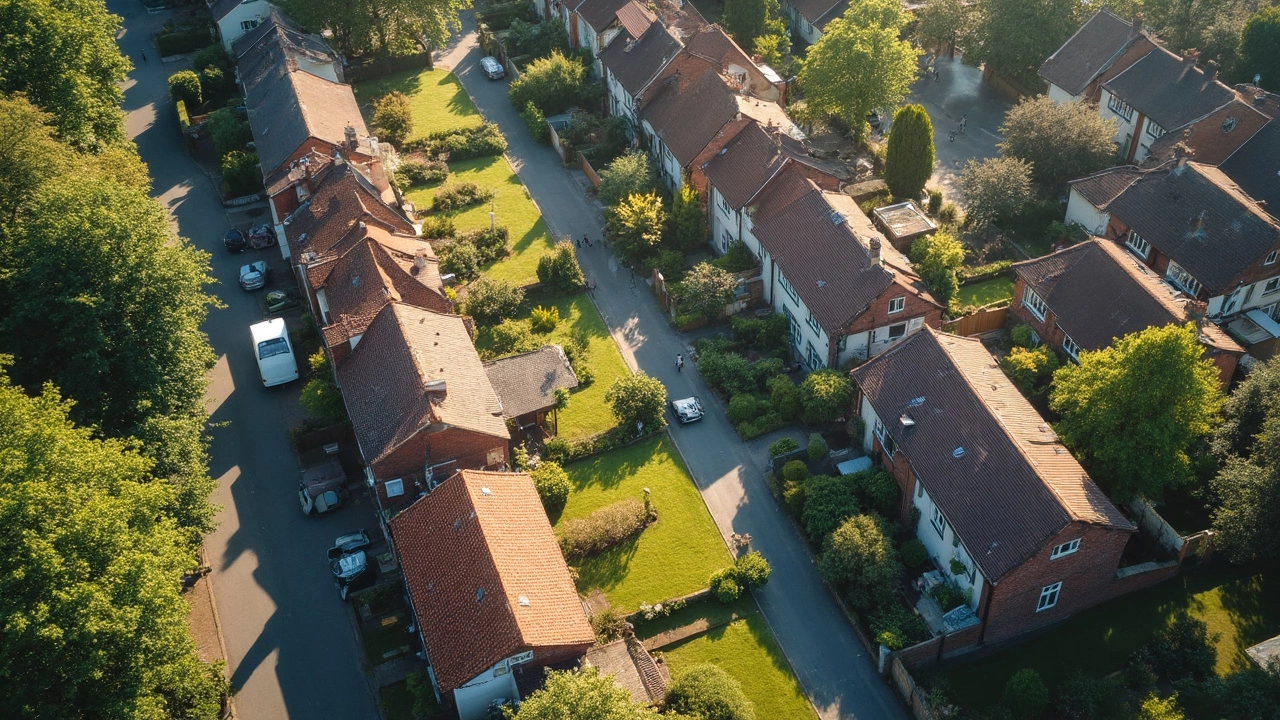Roof Square Cost – What to Expect and How to Budget
If you’ve ever heard a roofer mention a "square," you might wonder what that actually means. In roofing, a square is a unit that equals 100 square feet of roof area. Knowing the cost per square helps you compare quotes, plan your budget, and avoid surprise charges.
What Determines the Cost of One Roofing Square?
Several things shape the price of a square:
- Material type: Felt, metal, slate, tile, and EPDM all have different price tags. Felt is usually the cheapest, while slate can be three to four times more expensive.
- Roof pitch: Steeper roofs need more safety gear and take longer to work on, pushing the labour cost up.
- Location: Urban areas with high living costs often have higher labour rates than rural spots.
- Existing roof condition: If you need a full tear‑off, extra removal fees apply. Small repairs cost less.
- Accessories: Flashing, ridge vents, and underlay add to the total per‑square price.
Typical UK Prices per Square
In 2025 the average cost per square in the UK breaks down roughly as follows:
- Basic felt roofing: £70‑£90 per square (materials only).
- Metal roofing: £120‑£180 per square.
- Tile roofing: £150‑£250 per square.
- Slate roofing: £250‑£350 per square.
Labour adds another £50‑£100 per square, depending on pitch and access. So a typical felt roof replacement might run £120‑£190 per square total, while a slate roof can easily top £400 per square.
To get a quick estimate, measure your roof’s length and width, multiply to get total square footage, then divide by 100. For example, a 30‑ft by 40‑ft roof is 1,200 sq ft, which equals 12 squares.
Multiply the number of squares by the per‑square cost you expect for your material and add labour. Using the numbers above, a 12‑square felt roof could be about £1,400‑£2,280 total.
Keep these tips in mind to stay on budget:
- Get at least three written quotes and compare both material and labour breakdowns.
- Ask if the contractor includes disposal of old roofing. Hidden removal fees can add £5‑£10 per square.
- Consider ordering a little extra material (about 5%) to cover cuts and mistakes.
- If you’re comfortable with DIY, you can save on labour, but always hire a qualified professional for installation to keep warranties valid.
- Schedule work during the off‑season (late autumn or early spring) when demand is lower; many roofers offer discounts.
Remember, the cheapest quote isn’t always the best. Poor workmanship can lead to leaks, which end up costing far more than a few extra pounds upfront. Choose a reputable roofer, check reviews, and verify they’re insured and Gas Safe registered if your work involves gas appliances.
Bottom line: Understanding what a roofing square is and the factors that affect its price gives you control over your project. Use the average cost ranges as a baseline, get detailed quotes, and factor in labour, disposal, and extra materials. With a clear picture, you’ll avoid surprises and keep your roof replacement or repair on track and within budget.

